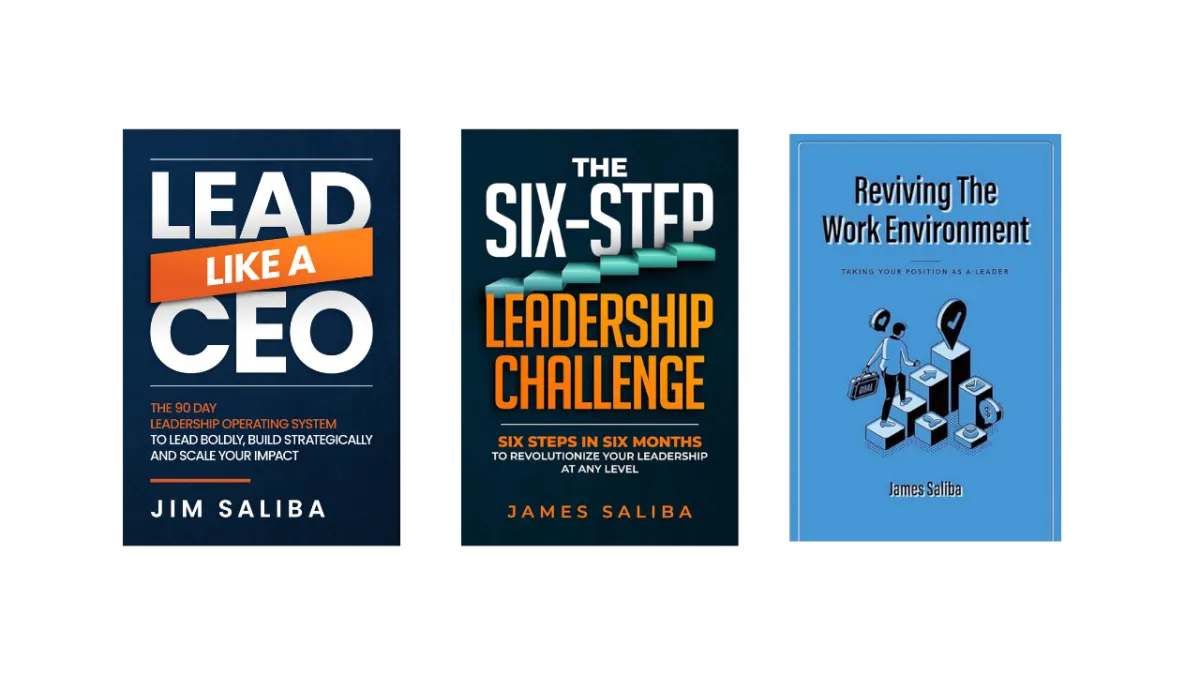Insights for Real-World Leadership
Straight talk and proven strategies for leaders who are done babysitting and ready to lead at the next level.

Sorry, Agile is Bull!
You've probably heard about Agile for over two decades now. Launched formally more than 20 years ago, it was introduced as the elixir for streamlined processes, rapid development, stellar quality, and amazing customer satisfaction.
Yet, in my personal journey, I see that what most organizations practice is what I call "industrial agile" – a water-scrum-fall hybrid that promises agility but often delivers the entire product at the end, a risky venture that could mean spending tens or even hundreds of millions and still miss the mark. And yes, I have seen it happen more times than I would like to say. It's time to question the legitimacy of this approach and delve into the real issue at hand.
As Grady Booch wisely said, "A fool with a tool is still a fool." In the context of Agile, this quote rings true. In the span of over 20 years, I have been discussing Agile, differentiating between doing Agile and being Agile. The truth is that most businesses view Agile as a set of tools you can pull out when convenient. The issue lies in overlooking the fact that Agile is more than just a set of practices; it's a mindset, a culture, an ethos.
In many organizations, we just don’t have the right environment or foster the necessary culture for Agile to truly flourish. Instead, we see cultures plagued by indecision, finger-pointing, mistrust, conformity, and a stubborn resistance to anything different.
Fear breeds dysfunction, and Agile becomes nothing more than a buzzword, a façade of progress that masks the underlying issues. Check out my blog about the 4 Leadership Fears that cause cultures.
And between you and me, I especially see these problems thrive in director levels that are promoted based on technical skills and supplied tragically little leadership skill growth support. In my opinion, this all-too-common activity breeds what Liz Wisman, author of Multipliers, calls diminishers of talent.
Consider the scenario where team members are afraid to take ownership, where the blame game is more popular than collaboration. Picture an atmosphere where learning is stifled by rigid structures and so-called best practices, and the very essence of responsibility is lost in a sea of frameworks and bureaucracy.
Ok, be truthful, do you need to picture it, or are you in it?
I 100% believe this a recipe for disaster, a breeding ground for mediocrity masked as Agile. In fact, it is a breeding ground for spectacular mediocrity in any type of company and methodology.
So, what is the right culture for Agile to thrive? Actually… what is the right culture for todays business in general?
In my mind, it's a culture of ownership, responsibility, and learning. It's about fostering an environment where team members take ownership of their work, where they are empowered to make decisions and are held accountable for the outcomes. It's a culture where responsibility is not just a word thrown around in meetings but a principle woven into the fabric of daily operations.
In fact, the solution to our struggles has been staring us in the face for years. Books, like "The Five Dysfunctions of a Team" to "Culture Code," "Fearless Organizations," "Multipliers," and more, are telling us about the sizable shift needed to make workplaces actually work.
The problem is that we keep falling back into 100-year-old human systems, which stunts progress in a culture that would discard last year's smart phone but inexplicably clings to "staying with what works" in managing people. The problem is that it just seems to work, and you are too busy to see that there are better ways. If you don't wake up, you might as well be still using a Nokia flip phone.
In conclusion, let's not kid ourselves. Simply adopting Agile or any other practices without cultivating the right culture is like trying to build a house on a rickity foundation. It might look good on the surface, but it won't withstand the test of time. It's time to move beyond the industrial Agile mindset, beyond the illusion of progress, and focus on creating a culture that fosters ownership, responsibility, and continuous learning. Because, in the end, true business agility is not about the tools you use; it's about the culture you cultivate. And in the ever-evolving workplace, where trends like diversity, equity, and inclusion, digital transformation, and agile practices take center stage, a culture of responsibility and continuous learning becomes the ultimate competitive advantage.
Leaders Who’ve Made the Shift
Michael R., Senior VP

“Jim did more in two sessions than my last coach did in six months.”
(Translation: Jim doesn’t waste your time.)
Karen H., Senior VP

“Jim made it easy to focus on the real leadership challenges.”
(Translation: No fluffy theories. Just real talk and results.)
Ashly N., Director

“Within 15 minutes, I knew I’d made the right decision.”
(Translation: You’ll know fast if Jim’s your coach.)
Stop Acting Like the Chief Fire Extinguisher.
Start Leading.
You know the endless approvals, babysitting, and check-ins aren't real leadership. Let's fix that.
© 2025 James Saliba Inc. • All Rights Reserved • Helping Tech Leaders Lead Strategically Without Firefighting • Terms & Conditions


